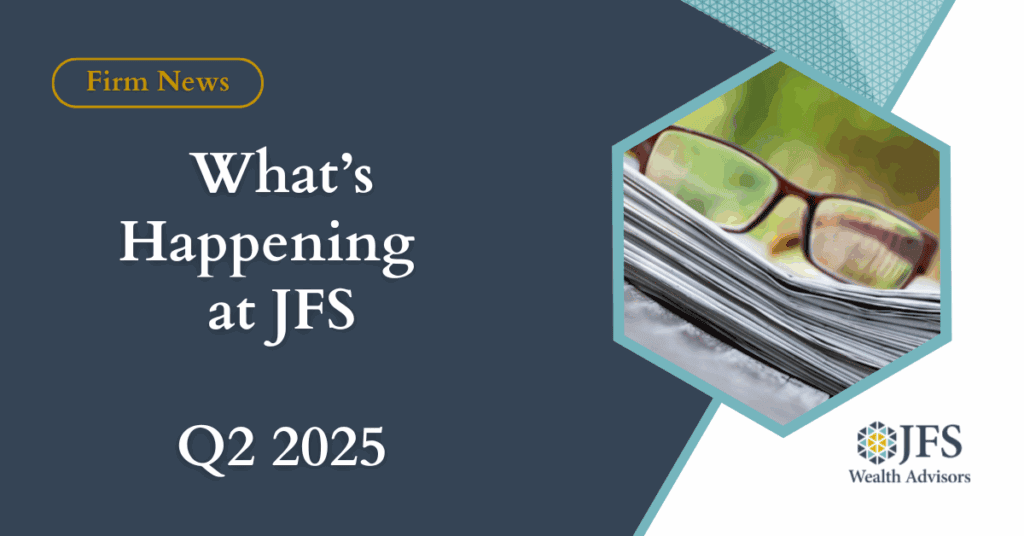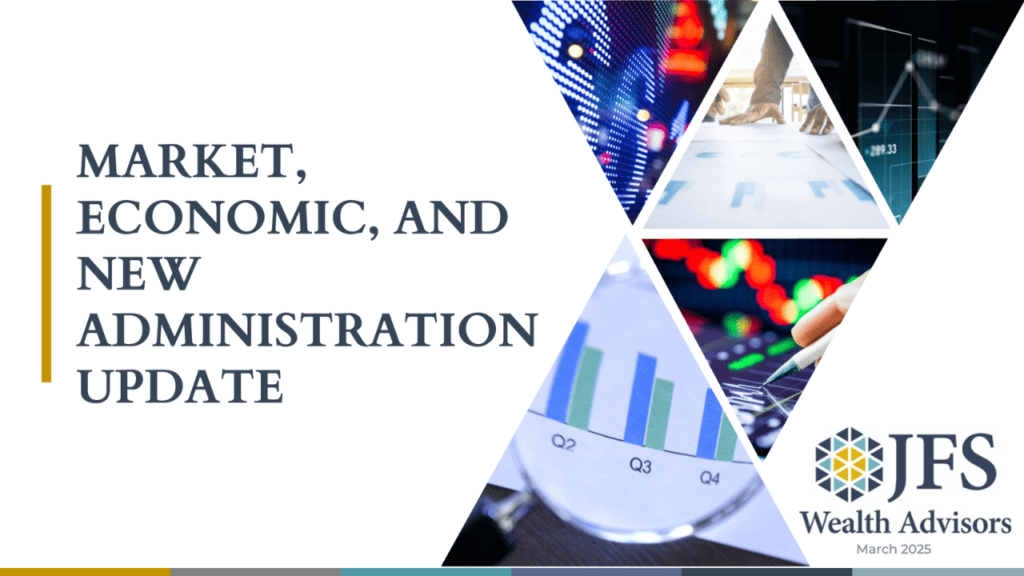An online search for “compromise” yields the following from Oxford – “an agreement or a settlement of a dispute that is reached by each side making concessions.” No matter where you fall on the political spectrum, that is an apt description of the debt ceiling bill titled The Fiscal Responsibility Act of 2023, now signed into law by President Biden. Both sides of the negotiating table agreed to provisions sure to upset the vocal extremes in their respective, parties, but both sides also are able to point to some key wins in a bid to allow the U.S. to keep paying her bills while tackling government spending and maintaining social safety nets.
With the agreement now in place, it’s worth one more review of what has happened before with the debt ceiling. As we often say in investment contexts, “past performance is no guarantee of future results,” but history can often suggest the broad outlines of what could occur in the future. In this connection, we need to remember that the debt ceiling has now been raised 79 times, just since 1960 (over 100 times in total). Forty-nine of those increases to the nation’s credit line came under Republican presidents, and the other 30 happened when Democrats were in the White House. In recent years, while the political wrangling over the debt ceiling has become a proxy for partisan arguments over public spending, the two sides have managed to find ways to compromise, even at the seemingly last minute, in order to avoid economic consequences that would probably be equally damaging to both parties. And if you think about it, it doesn’t really matter which party an incumbent belongs to: they would almost certainly face some unpleasant attention during their re-election campaigns. Constituents whose Social Security benefits, military or government service payroll checks, or other government-backed payments were delayed would be well justified in asking those in office—from both parties—why they weren’t able to do something in time to avoid causing the government to default on its debt.
So, the last-minute passage of the agreement should not be too surprising. Parties on both sides will always have abundant incentives to work out a compromise. And while the complaining from some will continue, that might actually be an indication that an effective compromise has been reached. After all, “compromise” means that both parties give up some things that they want in order to get some other things they think are more important. Arguably, the most important part of this particular compromise is that it should allow the US government to retain its status as the most creditworthy entity on the planet.
With the debt agreement now in the rear-view mirror, financial markets will shift their focus back to issues around economies and corporate profits. On the one hand, last week’s strong U.S. jobs report with an unemployment rate of 3.7% is a positive for the economy and labor force. But the upshot of that strength is a Federal Reserve kept on interest rate alert, disappointing pundits looking for imminent rate cuts. Inflation, while still higher than the Fed’s 2% target, is cooling, and we will hear from the Fed at their June meeting how they see their rate trajectory evolving. Stock markets have mostly rebounded in 2023 to date, but profits are showing signs of being pinched and major economic indicators continue to point toward slowing. We will have more to say as the 2nd quarter comes to a close and we look toward a July webinar. See you then!




















